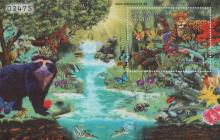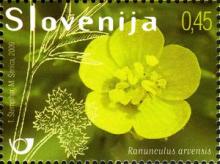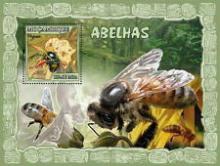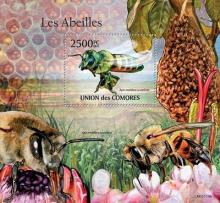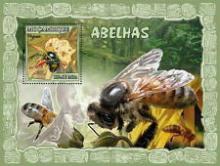Neonicotinoide verursachen Artensterben - fehlen Bienen, Schmetterlinge und Fliegen, gerät die Nahrungskette in Gefahr
Zuerst trifft es vor allem Insekten. Doch fehlen Bienen, Schmetterlinge und Fliegen, gerät die Nahrungskette in Gefahr: Pflanzen werden nicht mehr bestäubt, Vögeln fehlt die Nahrung – und früher oder später auch dem Menschen. Woran erkennt man das Artensterben? Antwort: An der Windschutzscheibe. Was wie ein schlechter Witz klingt, ist mittlerweile ein Fakt, den jeder Autofahrer nachvollziehen kann. Waren vor 20 Jahren die Windschutzscheiben bei einer sommerlichen Fahrt übers Land noch voller Insekten, bleibt die Sicht heute fast frei.

